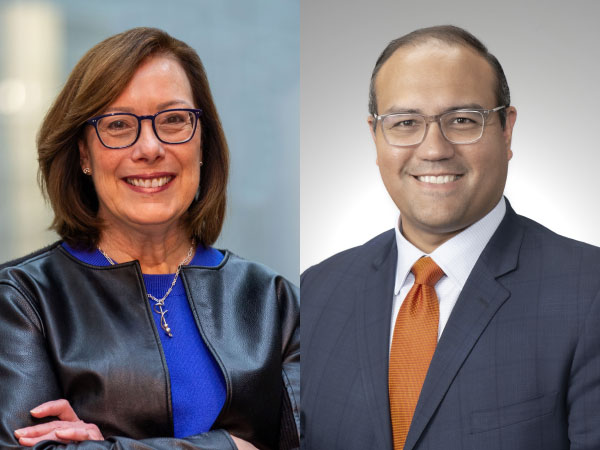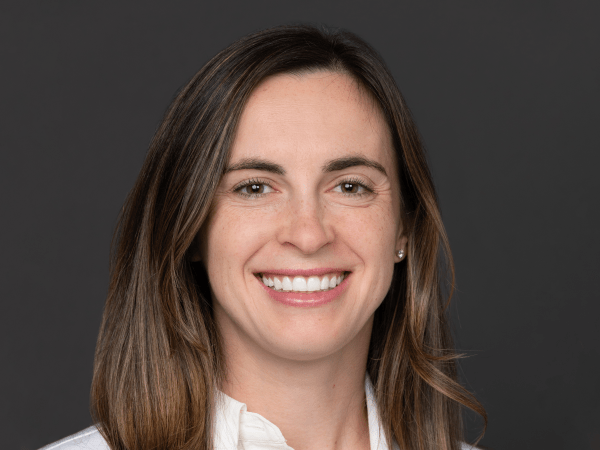University of Pittsburgh and UPMC Hillman Cancer Center researchers have developed a novel prompt, or ‘nudge,’ embedded in the electronic health record that flags, for treating surgeons, older patients with early-stage breast cancer who may be at risk for unnecessary lymph node surgery.
To access this subscriber-only content please log in or subscribe.
If your institution has a site license, log in with IP-login or register for a sponsored account.*
*Not all site licenses are enrolled in sponsored accounts.
Login Subscribe
If your institution has a site license, log in with IP-login or register for a sponsored account.*
*Not all site licenses are enrolled in sponsored accounts.
Login Subscribe








